Training a dog isn’t always straightforward. Some breeds test patience with their strong-willed nature, making simple commands feel like negotiations. Owners often repeat cues, wondering if their dog is intentionally ignoring them. If you’ve ever felt frustrated by a stubborn pup, you’re not alone. Dog training can feel overwhelming when dealing with independent breeds.
Many owners expect their dogs to be naturally obedient, only to realize certain breeds come with built-in independence. These dogs aren’t just playful—they’re determined, often choosing their instincts over instructions. This can lead to daily struggles, from leash pulling to ignoring recall commands, making training an uphill battle. Even intelligent dogs can be difficult if they lack motivation in the training process.
But why are some dogs so difficult to train? Whether it’s intelligence, independence, or sheer stubbornness, understanding these breeds can help. If you’re considering a hard-to-train dog, preparation is key. Let’s explore the hardest dog breeds that challenge even experienced owners.
Did You Know?
Some stubborn dog breeds understand commands perfectly but refuse to follow them, making training feel like a battle of wills.
Hard to Train Dog Breeds
1. Siberian Husky
Siberian Huskies are fiercely independent, making training a test of patience. Their origins as sled dogs mean they prioritize endurance over obedience. Incredibly intelligent yet mischievous, they often assess commands before deciding whether following through is worth their time.
This breed thrives on movement. Long runs, vigorous play, and challenging tasks keep them engaged. Without sufficient activity, they’ll create their own adventures—digging, climbing, and escaping. Their resourcefulness makes securing yards a serious challenge, as they love testing boundaries in the most creative ways.
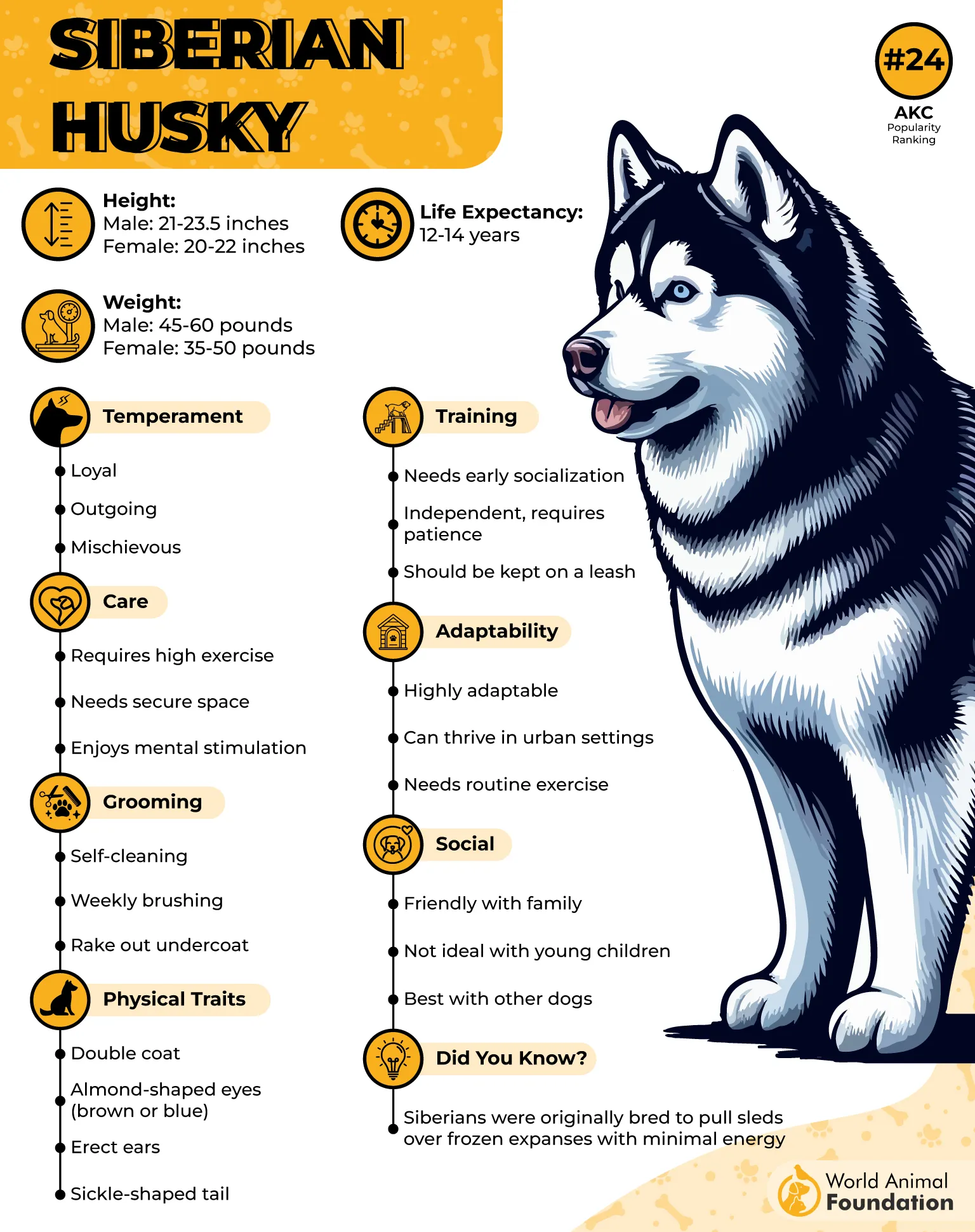
Huskies are natural-born communicators. They don’t just bark—they sing, whine, and howl in a way that makes them sound almost human. Their expressive nature ensures they always make their feelings known, whether it’s excitement, boredom, or a strong opinion about dinner.
According to AKC, their thick double coat provides insulation from extreme cold but results in heavy shedding. Grooming them means brushing out loose fur regularly, especially during seasonal coat changes. Despite their high-maintenance shedding, they have little odor and keep themselves surprisingly clean.
Social by nature, Huskies adores the company of other dogs. However, their free-spirited personality makes them unreliable off-leash. Their curiosity often leads them far beyond sight, so secure environments are necessary to prevent spontaneous adventures that last longer than expected.
Fun Fact
Huskies have a metabolism designed for endurance. Unlike most breeds, they can run for hours while conserving energy, a trait developed from their sled-pulling ancestry, allowing them to easily travel vast distances without tiring.
2. Beagle
Beagles are ruled by their noses. Once they catch an interesting scent, nothing else matters. This relentless curiosity makes training a challenge as their instincts take over. A strong-willed Beagle will ignore commands if there’s something more exciting to investigate.
Small but full of energy, Beagles require constant engagement. They become creative troublemakers without enough stimulation, turning ordinary household objects into chew toys. Regular exercise, scent games, and structured routines help channel their enthusiasm in productive ways.
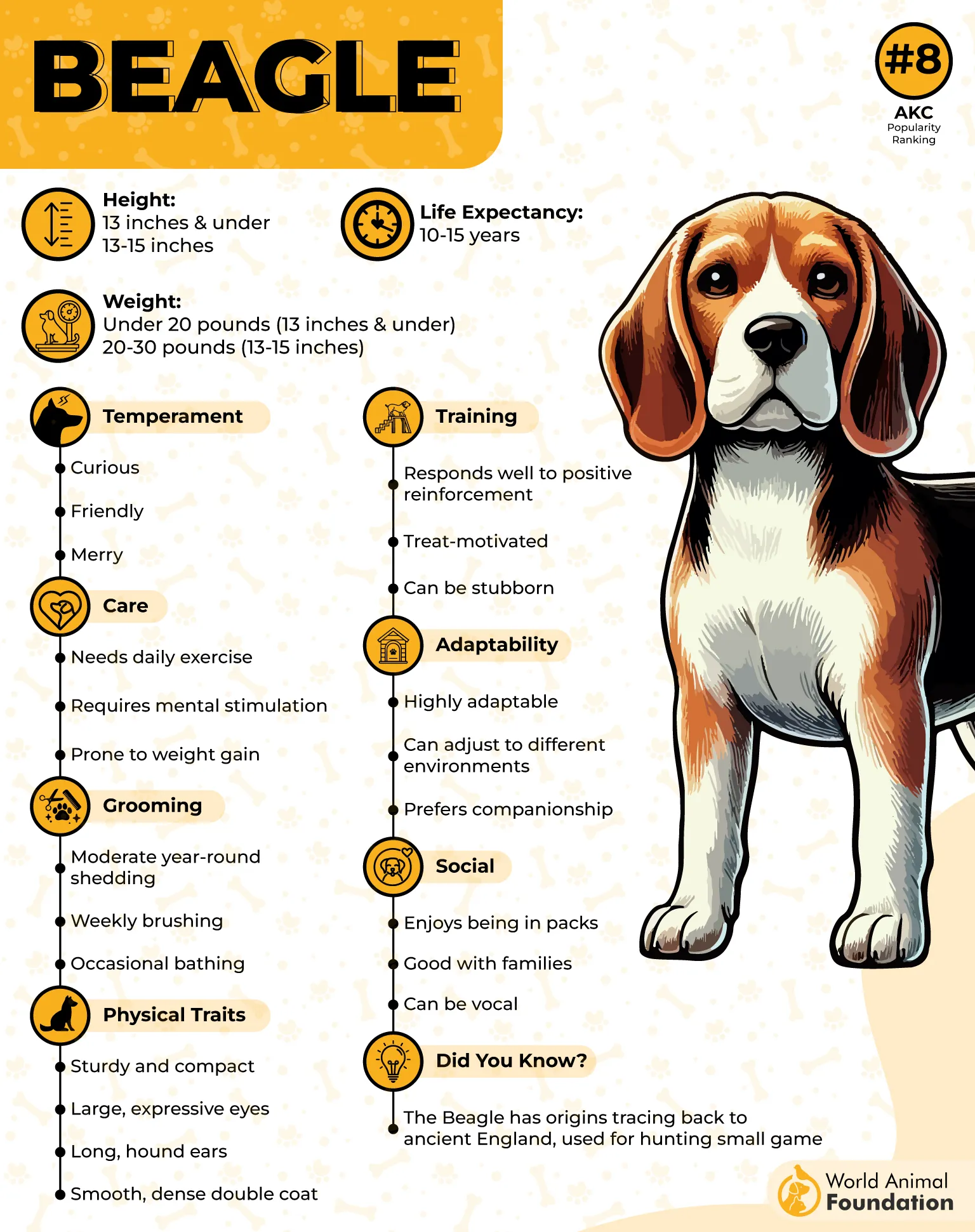
Their affectionate nature makes them social butterflies. They form strong bonds with both humans and animals, but their playful stubbornness means they often test limits. Training requires patience, positive reinforcement, and an understanding of their food-motivated tendencies.
Minimal grooming is needed, thanks to their short coat, but regular ear checks are essential. Their floppy ears trap moisture, creating the perfect environment for infections. Keeping them clean prevents discomfort and ensures their boundless energy isn’t interrupted.
Beagles have a voice that carries. Their signature baying was once useful for hunting but can be problematic in quiet neighborhoods. Teaching them when to vocalize is key to preventing their enthusiastic storytelling from turning into a full-blown concert.
Fun Fact
Beagles are expert escape artists. Their problem-solving skills, combined with their determination, make them known for digging under fences, climbing over obstacles, and squeezing through impossibly small gaps to follow an enticing scent trail.
3. Basenji
Basenjis do things their way. Originally bred as independent hunters, they make their own decisions, often ignoring commands unless there’s something in it for them. Their intelligence is undeniable, but their willingness to comply depends entirely on their mood.
This breed is fast, agile, and always on alert. They are natural climbers who will scale furniture, fences, or anything else. Keeping them contained requires creativity, as they’ll exploit any weak spot to embark on an unsanctioned adventure.
Basenjis are nearly silent. Instead of barking, they produce a unique yodeling sound known as a “barroo.” While quieter than other breeds, they’re highly expressive and will use vocalizations, body language, and antics to communicate.
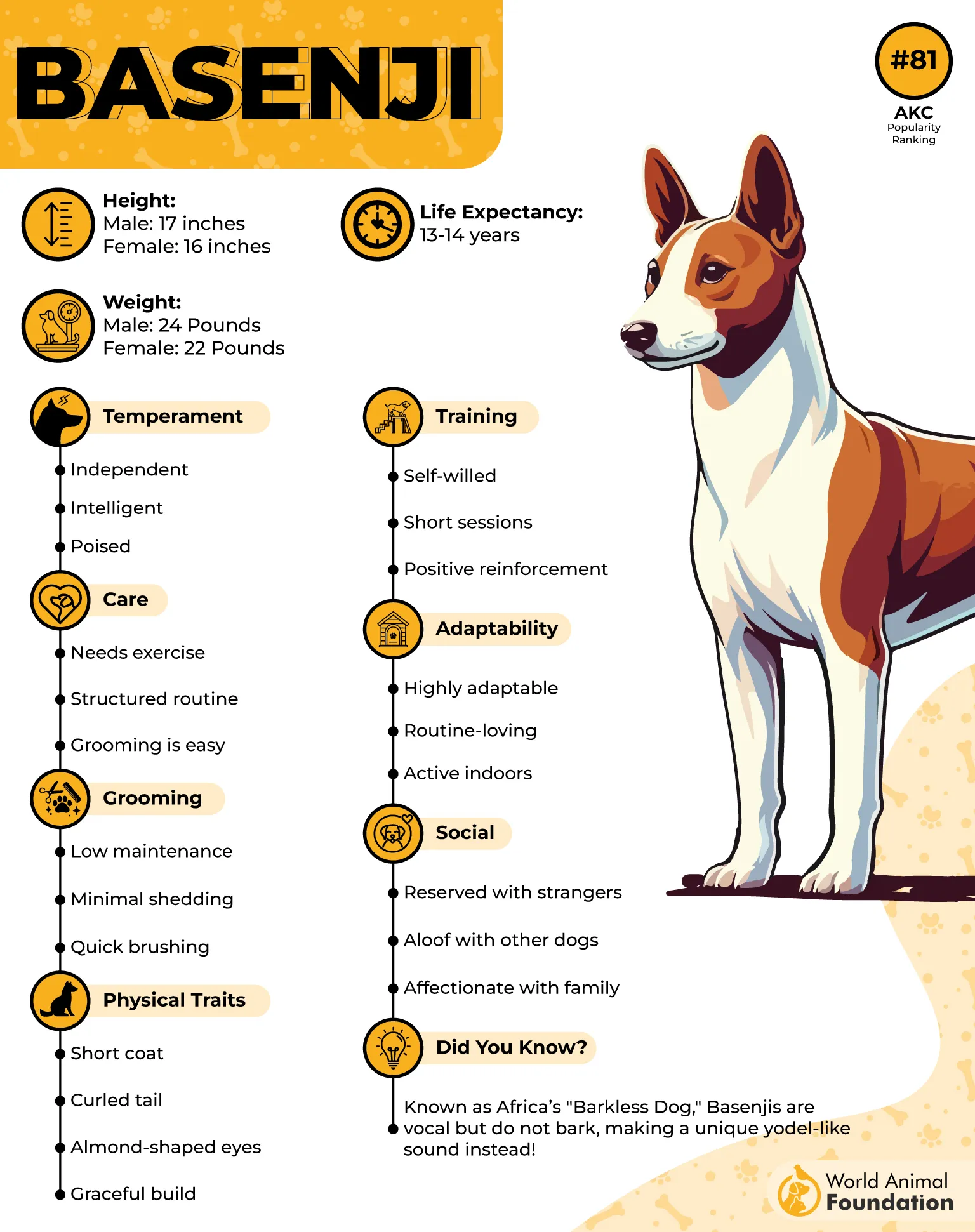
According to WebMD, grooming is a breeze, as Basenjis clean themselves much like cats. Their fine coat requires minimal maintenance, but their stubbornness can make routine care a negotiation. Establishing good habits early prevents future battles over brushing or nail trimming.
Mental stimulation is key for a happy Basenji. Puzzle toys, scent games, and interactive challenges keep them engaged. Without enough enrichment, they’ll invent their own entertainment, which often involves shredding, unrolling, or dismantling anything within reach.
Fun Fact
Basenjis are one of the oldest domesticated dog breeds, with roots tracing back to ancient Egypt. Depictions of similar dogs have been found in tombs, showcasing their long history as trusted hunting companions.
4. Chow Chow
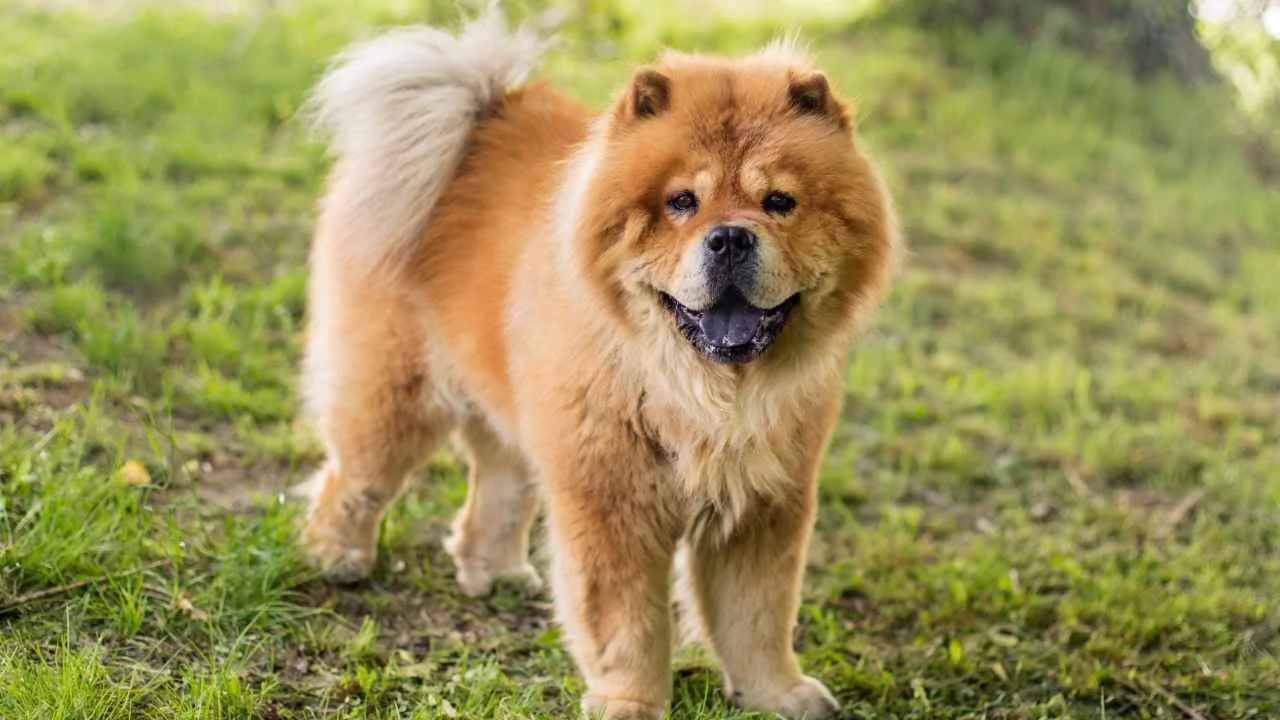
The Chow Chow carries an air of quiet dignity, exuding independence with every step. Originally bred as temple guardians, they instinctively protect their space. Training this breed is a battle of wills, requiring sharp strategy, unwavering patience, and firm consistency.
Their thick, lion-like mane isn’t just for show; it demands serious upkeep. Brushing is a daily affair to prevent matting, and seasonal shedding turns any home into a fur-covered wonderland. Their double coat quickly becomes an unruly mess of tangles and discomfort if neglected.
Don’t expect enthusiastic tail wags when you walk through the door—Chow Chows are naturally reserved. They assess situations before engaging, making them excellent watchdogs. Their aloof nature doesn’t mean they lack affection; they just distribute it on their own mysterious terms.
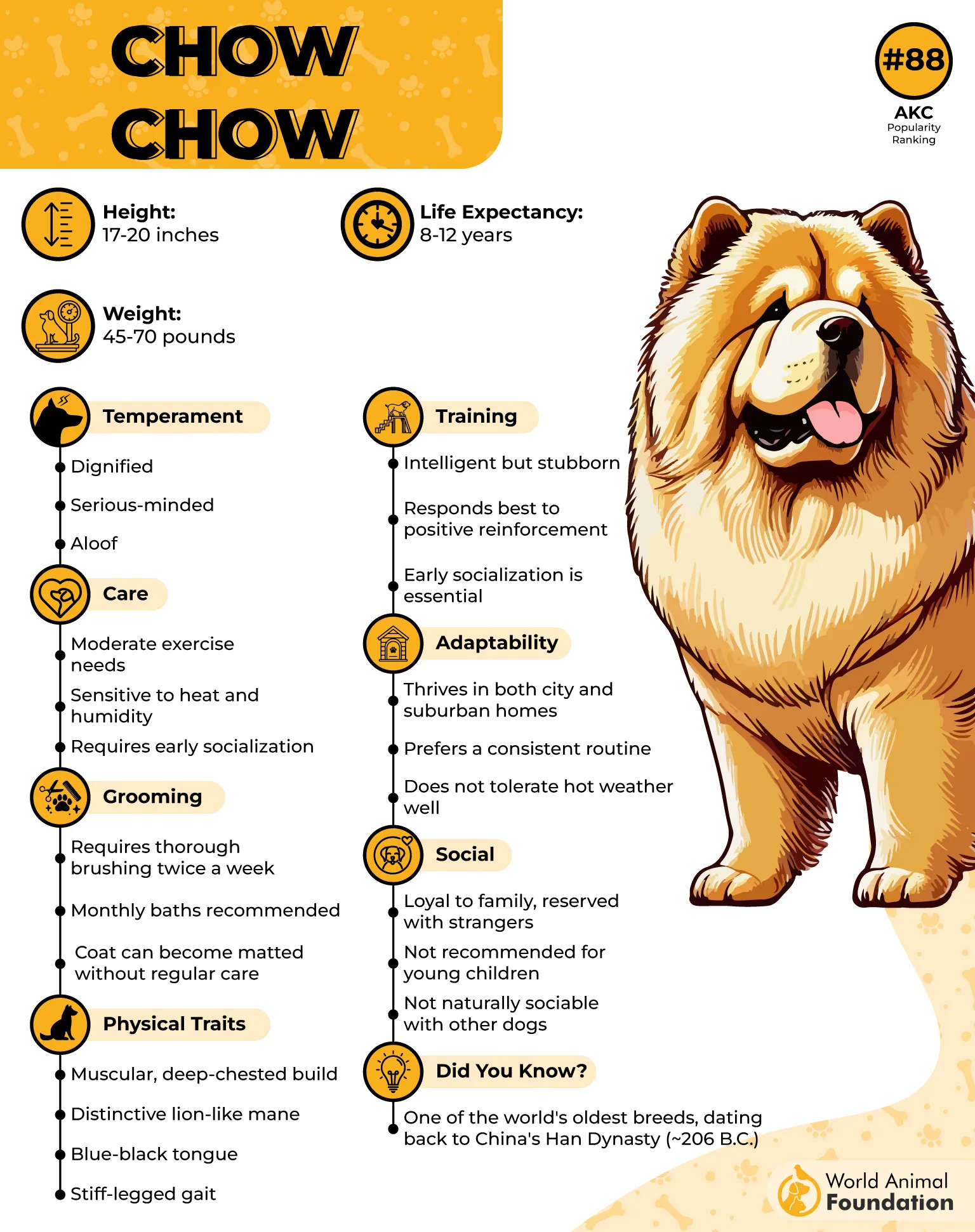
Boundaries are key with this breed. Without structure, they become territorial and defiant, pushing limits with an unshakable stubbornness. Early socialization isn’t optional—it’s the only way to ensure they remain balanced, accepting, and manageable in new environments.
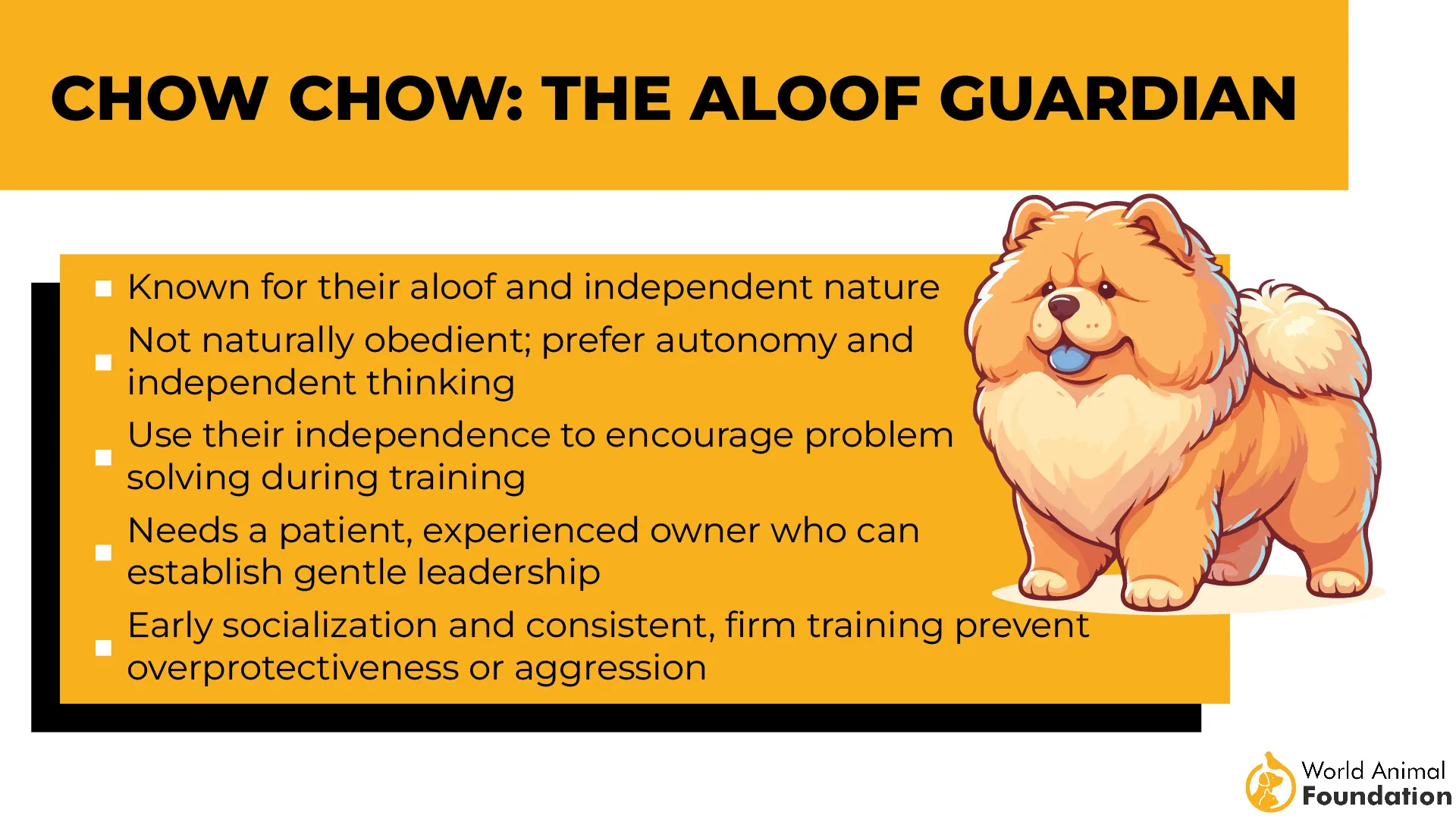
Despite their regal exterior, Chow Chows have a comically serious personality. They’re known for dramatic sighs when ignored, unimpressed expressions, and a habit of deciding when attention is deserved. If a Chow Chow loves you, consider it an honor.
Fun Fact
Chow Chows are among the few breeds with a blue-black tongue, a genetic rarity found in only a handful of animals worldwide! This unusual feature adds to their mystique and ancient lineage.
5. Afghan Hound
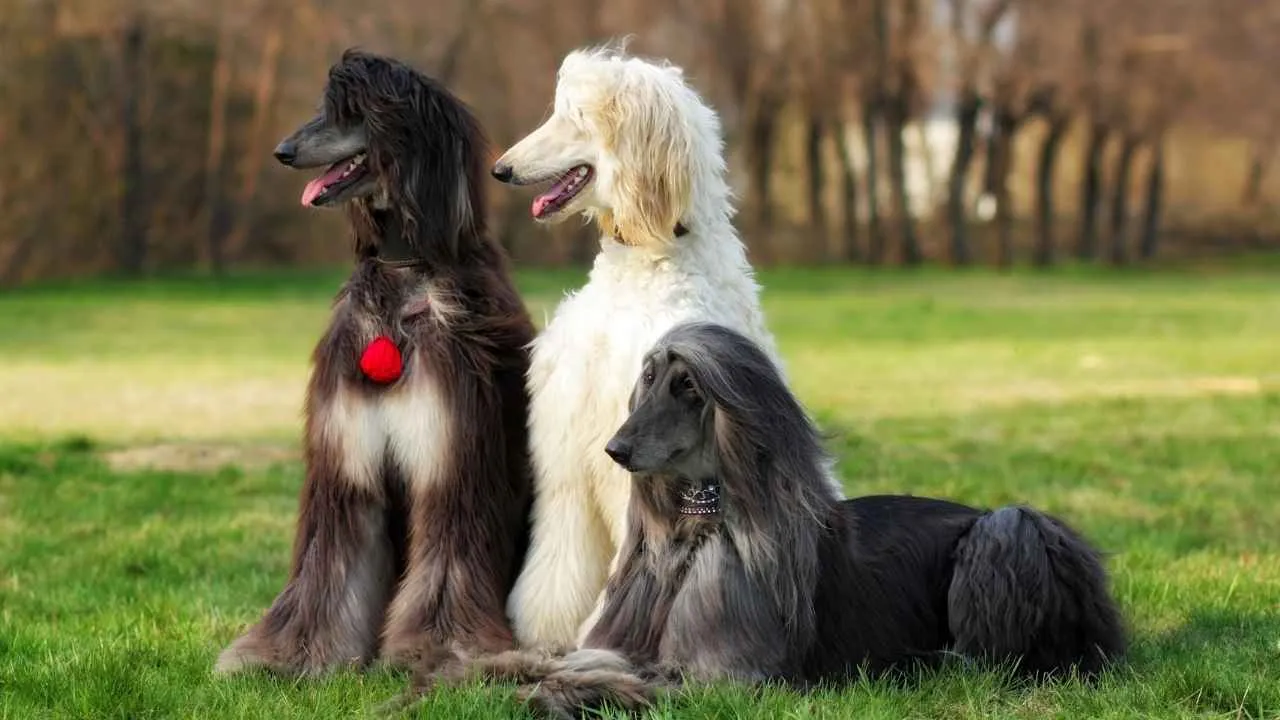
If elegance had a name, it would be Afghan Hound. Their flowing locks and graceful stride make them appear almost untouchable, but beneath the glamour lies a dog with an independent mind, strong instincts, and a need for purposeful engagement.
Afghan Hounds were built for speed, bred to chase prey across rugged landscapes. Their athleticism is breathtaking, but their recall? Not so much. The moment they spot movement, their instincts take over, making off-leash freedom a risky venture.
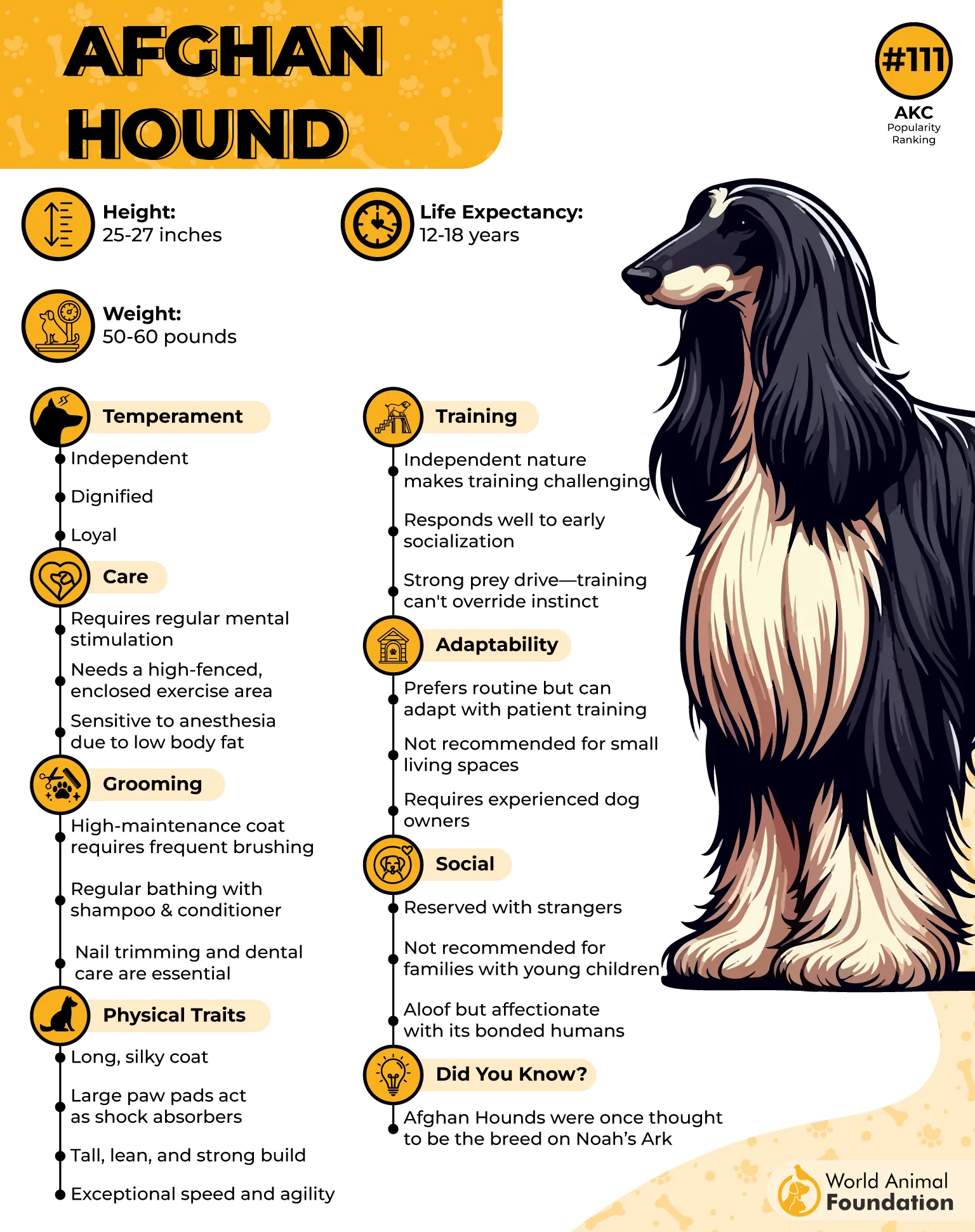
Forget easy obedience—this breed operates on its own terms. Commands must be delivered with charm, creativity, and a reward system that keeps them entertained. Repetition leads to boredom, leading to a hound that simply walks away mid-training session.
According to PetMD, their luscious coat may be their signature feature, but it’s also a full-time commitment. Regular brushing keeps tangles at bay, and careful maintenance prevents the long strands from picking up every bit of debris during outdoor adventures.
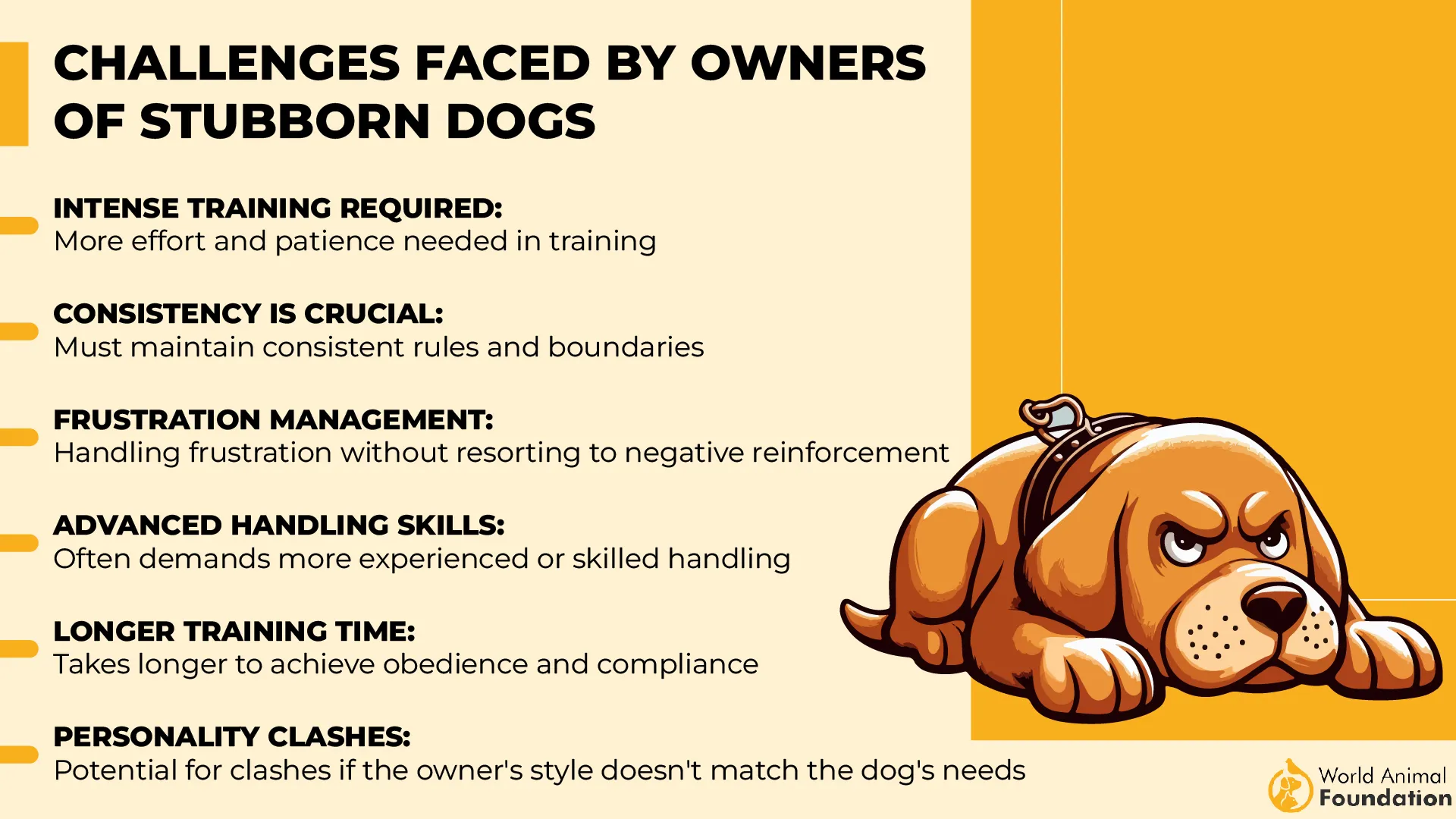
Unlike many dogs that seek validation, Afghan Hounds prefer to keep their affections mysterious. They form deep bonds but express love subtly—perhaps with a fleeting glance, a soft nuzzle, or simply choosing to be in the same room as their human.
Fun Fact
The Afghan Hound was once considered the ultimate status symbol in royalty! Their rare and exotic beauty made them a prized possession among nobles and aristocrats across the world.
6. Alaskan Malamute
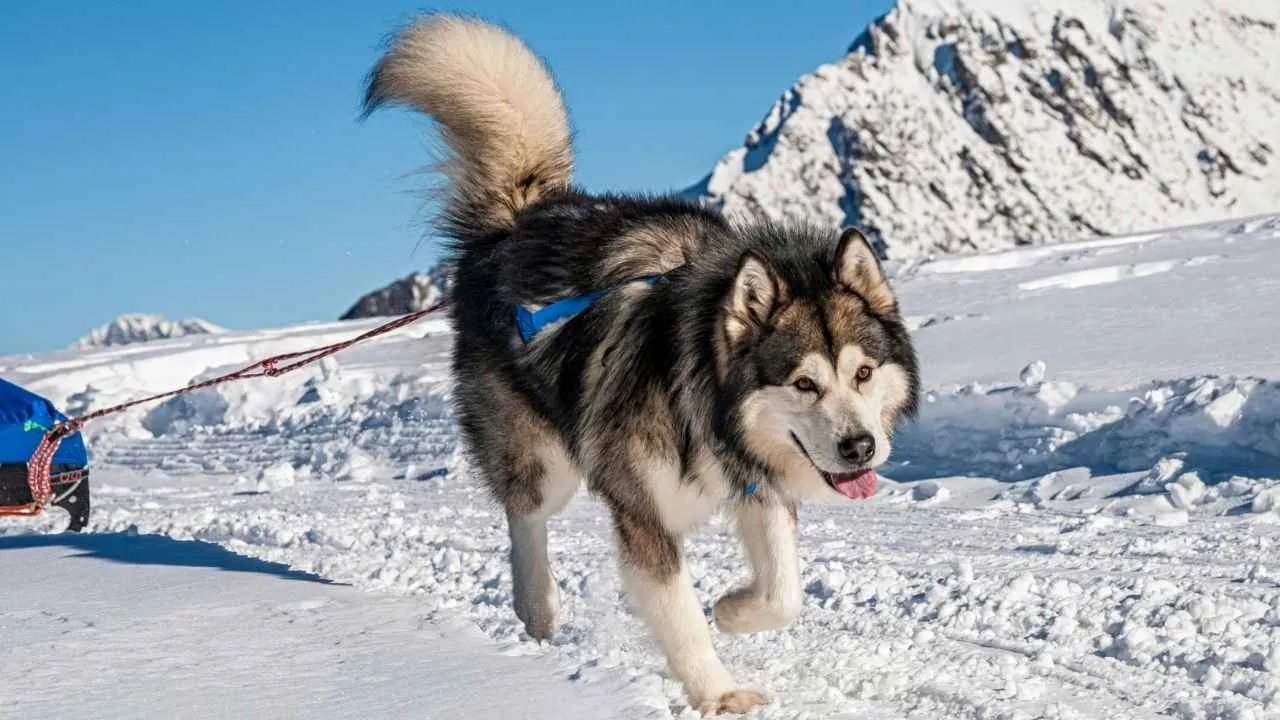
Power, endurance, and an untamed spirit—Alaskan Malamutes were built for the harshest conditions. Originally bred to haul heavy sleds over frozen landscapes, they thrive on physical challenges, refusing to be confined to a sedentary lifestyle.
This breed doesn’t just enjoy exercise; it demands it. A daily walk won’t cut it. They need structured activities, pulling games, or adventure-filled hikes to satisfy their relentless energy. Without it, they become a whirlwind of frustration and destruction.

Malamutes aren’t just physically strong; they possess an iron-willed personality. They respect confident leadership but won’t blindly obey. Commands must come from a place of mutual respect, or they’ll decide—on their terms—if listening is worth their time.
They have an innate love for digging, often crafting elaborate backyard escape tunnels. Their wolf-like howls replace typical barking, creating a hauntingly beautiful symphony, especially at night. Malamutes aren’t just dogs; they’re free spirits wrapped in fur.

Despite their working-dog heritage, they carry an undeniable playfulness. Snowstorms excite them, rolling in fresh powder like their natural habitat. Their enthusiasm for winter activities is boundless, making them the ultimate cold-weather companion.
Fun Fact
Alaskan Malamutes have been part of major polar expeditions, proving their unmatched strength and resilience. They played a crucial role in early Arctic explorations, making them historical trailblazers of the dog world!
7. Basset Hound

Low to the ground, ears that seem to belong to another species, and eyes that melt even the toughest hearts—Basset Hounds may look comical, but their stubborn nature ensures they call the shots in any household.
They aren’t just cute; they have one of the most powerful noses in the canine world. Once they catch a scent, good luck distracting them. Their relentless tracking ability makes leash training a necessity unless you enjoy unexpected scent-driven adventures.
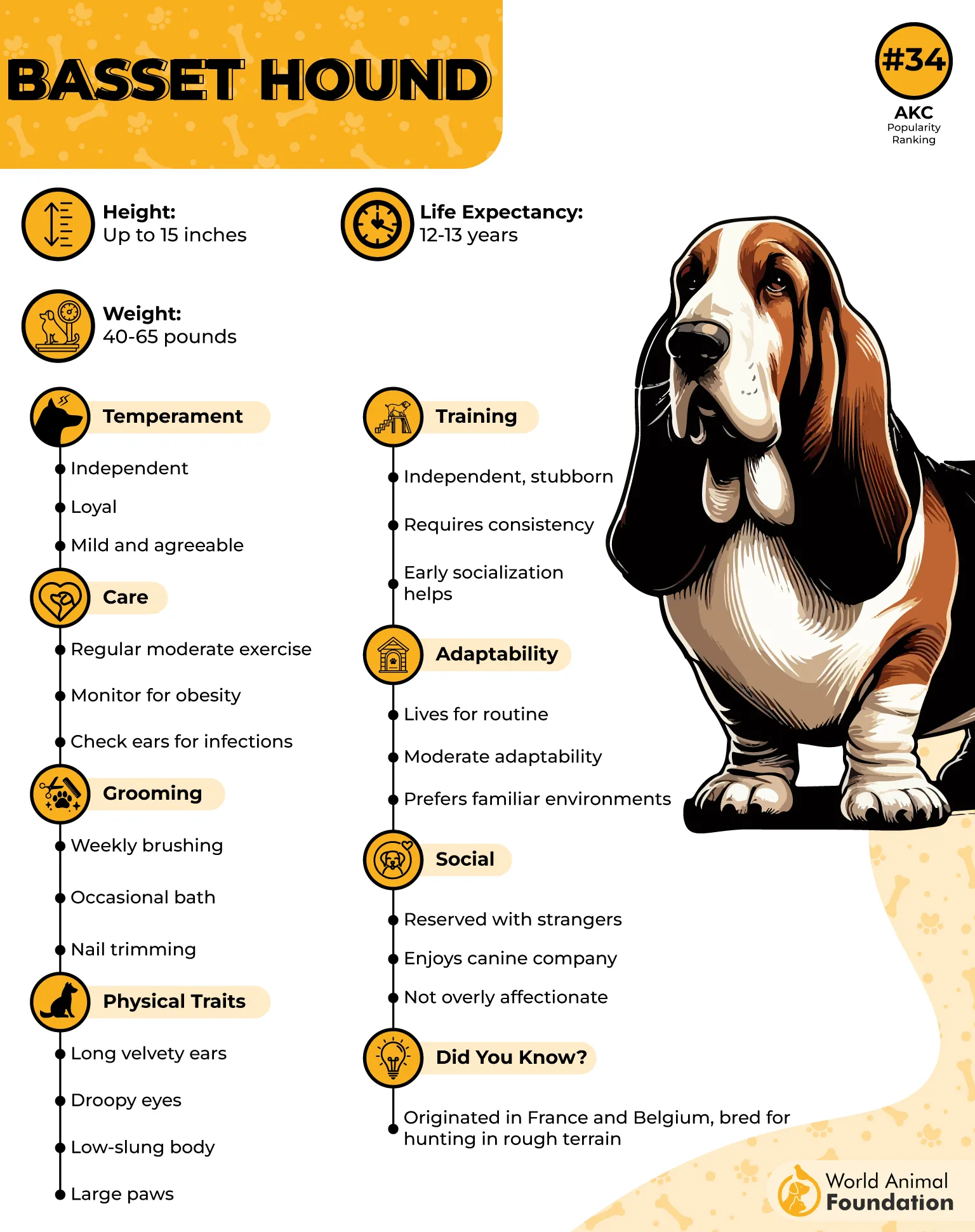
Their bodies may be compact, but they carry surprising strength. Don’t be fooled by their short legs—these dogs are built for endurance. A slow-paced walk is fine, but once they pick up an intriguing scent, they become determined explorers.
Despite their relaxed demeanor, training can be an uphill battle. Bassets learn at their own pace and respond best to positive reinforcement (and snacks). Commands must be presented as suggestions rather than demands—otherwise, expect dramatic sighs of defiance.
Their signature long ears serve a functional purpose, helping to trap scents close to their nose. However, they require regular cleaning, as their droopy nature makes them prone to infections. Grooming is essential to keeping their health in check.
Fun Fact
Basset Hounds are second only to the Bloodhound in scent-tracking ability. Their noses contain an astonishing 220 million scent receptors, allowing them to track scents over great distances with unrivaled precision!
Conclusion
Training a challenging dog breed requires patience, consistency, and the right approach. Without proper training, these dogs may develop habits that make daily life frustrating. Owners who stay committed and adapt their methods often see rewarding results, but the process takes time and persistence. Even a very smart dog can struggle without consistent training.
Breeds like Australian Cattle Dogs, Border Collies, and Golden Retrievers, though not mentioned above, require mental stimulation and structured training to thrive, as their intelligence and energy levels can make them both highly trainable and occasionally challenging.
Understanding why a breed is difficult to train is the first step to managing expectations. Some dogs resist commands due to independence, while others get easily distracted or require extra motivation. Many herding breeds have strong instincts that can make training difficult. Recognizing these traits helps owners adjust their techniques for better success with dog breeds to train.
Despite their challenges, these breeds can become well-mannered with the right guidance. A structured routine, positive reinforcement, and early socialization make all the difference. Training a stubborn dog is tough, but the effort leads to a more manageable and well-behaved companion with more than just a tough appearance.


